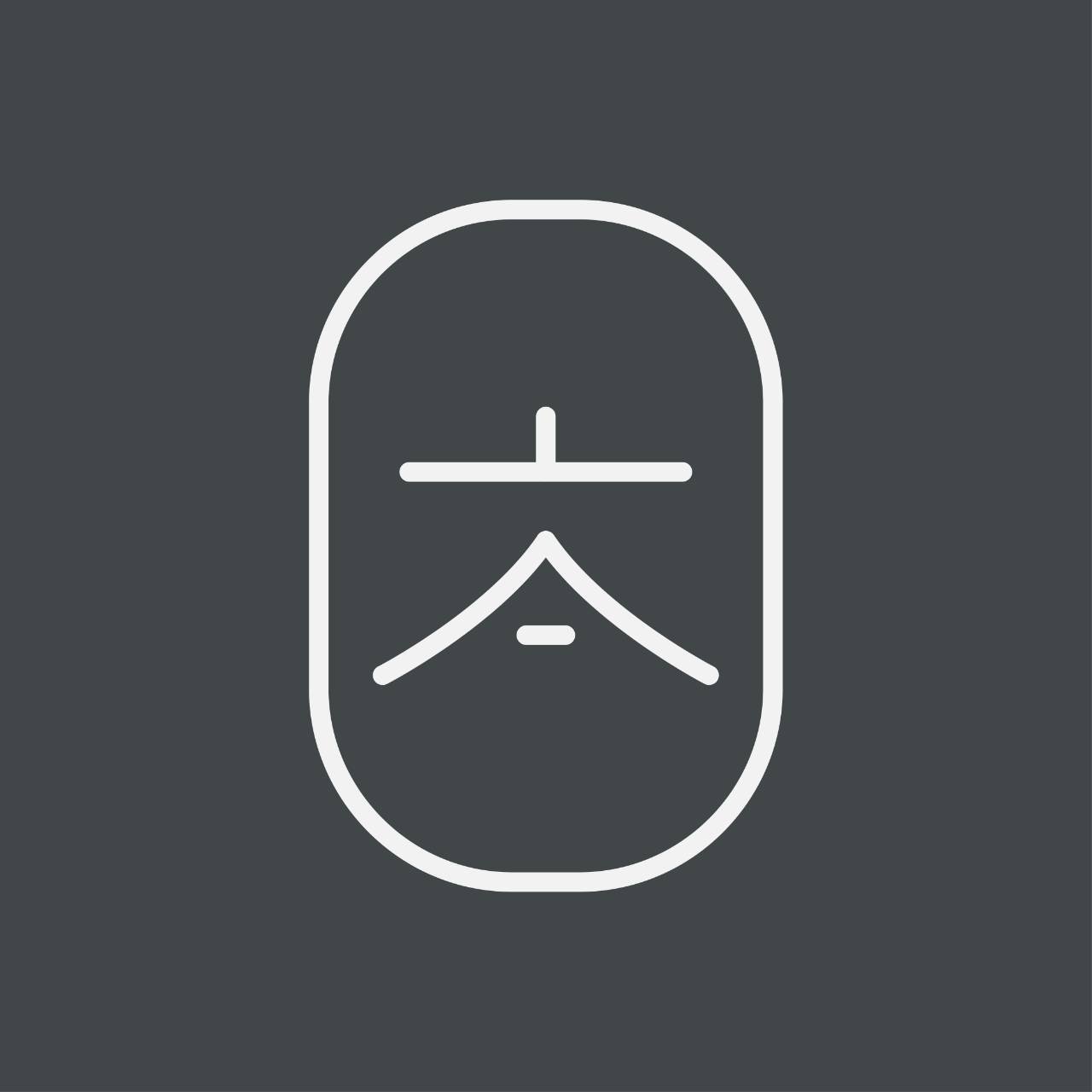Unlocking the Health Secrets of Cherry Blossoms: Exploring the Uses and Benefits of Prunus yedoensis Extract (Somei-Yoshino)
Introduction - Cherry blossoms and their uses
Cherry blossoms in Tochigi. Photo by Yusheng Deng on Unsplash
March is coming soon, and that means that the season of sakura is starting soon too! If you are visiting Japan during this period, you may often see sakura flowers blooming almost everywhere around. However, you may not have known that one of the most common sakura cherry blossoms in Japan is actually a hybrid species (Shirasawa et al., 2019), termed as Prunus yedoensis, or also known as ‘Somei-Yoshino’ (JNTO, 2023). While cherry blossoms are visually appealing to the eye, their flowers can be turned into an extract and consumed too. Various products are currently in the market using the extract of cherry blossom, ranging from a moisturizing jelly cream, smoothing mask, to a cleansing oil. Let’s dive into the journey of uncovering the science behind the health benefits in consuming these cherry blossoms (specifically on ‘Somei-Yoshino’)!
Health benefits of cherry blossom
Recent years have seen an increasing interest in using cherry blossoms for their therapeutic effects. One main health benefit is the anti-inflammatory effect of cherry blossoms’ (Prunus yedoensis) flower extract, which was proven in vitro (on cells) and in vitro (on humans) [Zhang et al., 2014]. Specifically for in vitro test, cherry blossom extract was found to have reduced nitric oxide [NO] production in lipopolysaccharide [LPS]-treated (to mimic bacterial infection and induce inflammation) macrophages (immune cells that ‘eat’ other bacteria and release inflammatory molecules). In humans, sodium lauryl sulfate (SLS) was applied as an irritant to induce skin inflammation, which was found to have reduced levels after applying cherry blossom extract. Overall, cherry blossom extract seems to have a promising use in reducing inflammation, particularly when applied as a skincare product for skin infection.
Similarly, another study showed the anti-inflammatory properties of P. yedoensis bark extract in mice models and their macrophages (Yun et al., 2014). Inflammatory marker (TNF-α and IL6) levels induced by LPS in mice were found to be reduced. Mechanistically, the authors suggested a possible involvement in the signaling pathways of NF-KB and MAPK, whereby the bark extract lowered NF-KB and MAPK activation.
Other health benefits were investigated by other research studies. Lee et al. (2013) have found a possible mechanistic explanation for the use of P. yedoensis bark extract in treating hypertension in rat models. Specifically, the extract was able to inhibit contraction of the aorta (main blood vessel that sends blood from the heart to other parts of the body) by increasing nitric oxide formation and minimizing the entry of calcium ions into the aorta muscle. Another study by Jo et al. (2012) has shown that the leaf extract of P. yedoensis can be used to treat the symptoms of diabetes (inhibited, or minimized, glucose uptake) by enhancing insulin and AMPK-p38 signaling, thereby promoting uptake of glucose in rat skeletal muscle cells. Altogether, these various studies show that various parts of cherry blossoms can be extensively used in improving the health of the user.
Pictorial summary of the benefits of sakuras. Created using Canva.
Conclusion
There are many varieties of sakuras in Japan, although the most common type is a hybrid species (“fusion” of two sakura species) called Prunus yedoensis. While cherry blossoms can be visually appealing to the eyes, there are actually many medicinal and therapeutic uses to various parts of the cherry blossoms. These health benefits include anti-inflammation, reducing blood pressure, or even treating diabetes symptoms. The next time you visit Japan for sakura viewing, perhaps you can think about how these plants can be used for our health benefits to better appreciate them!
References
Japan National Tourism Organization [JNTO]. (1 March 2023). The Different Varieties of Cherry Blossoms in Japan From Light Pink to Radiant Yellow. Accessed 18 February 2024 from https://www.japan.travel/en/sg/story/japan-cherry-blossom-season-types/#:~:text=Somei%20Yoshino%20(Yoshino%20Cherry),district%20during%20the%20Edo%20Period.
Jo, K., Lee, S. E., Lee, S. W., & Hwang, J. K. (2012). Prunus yedoensis Matsum. stimulates glucose uptake in L6 rat skeletal muscle cells by activating AMP-activated protein kinase and phosphatidylinositol 3-kinase/Akt pathways. Natural product research, 26(17), 1610–1615. https://doi.org/10.1080/14786419.2011.574133
Lee, K., Ham, I., Yang, G. et al. Vasorelaxant effect of Prunus yedoensis bark. BMC Complement Altern Med 13, 31 (2013). https://doi.org/10.1186/1472-6882-13-31
Shirasawa, K., Esumi, T., Hirakawa, H., Tanaka, H., Itai, A., Ghelfi, A., ... & Isobe, S. (2019). Phased genome sequence of an interspecific hybrid flowering cherry, ‘Somei-Yoshino’(Cerasus × yedoensis). DNA Research, 26(5), 379-389.
Yun, J. M., Im, S. B., Roh, M. K., Park, S. H., Kwon, H. A., Lee, J. Y., ... & Kang, H. (2014). Prunus yedoensis bark inhibits lipopolysaccharide-induced inflammatory cytokine synthesis by IκBα degradation and MAPK activation in macrophages. Journal of Medicinal Food, 17(4), 407-413.
Zhang, Y. Q., Guan, L., Zhong, Z. Y., Chang, M., Zhang, D. K., Li, H., & Lai, W. (2014). The anti-inflammatory effect of cherry blossom extract (Prunus yedoensis) used in soothing skincare product. International journal of cosmetic science, 36(6), 527–530. https://doi.org/10.1111/ics.12149


